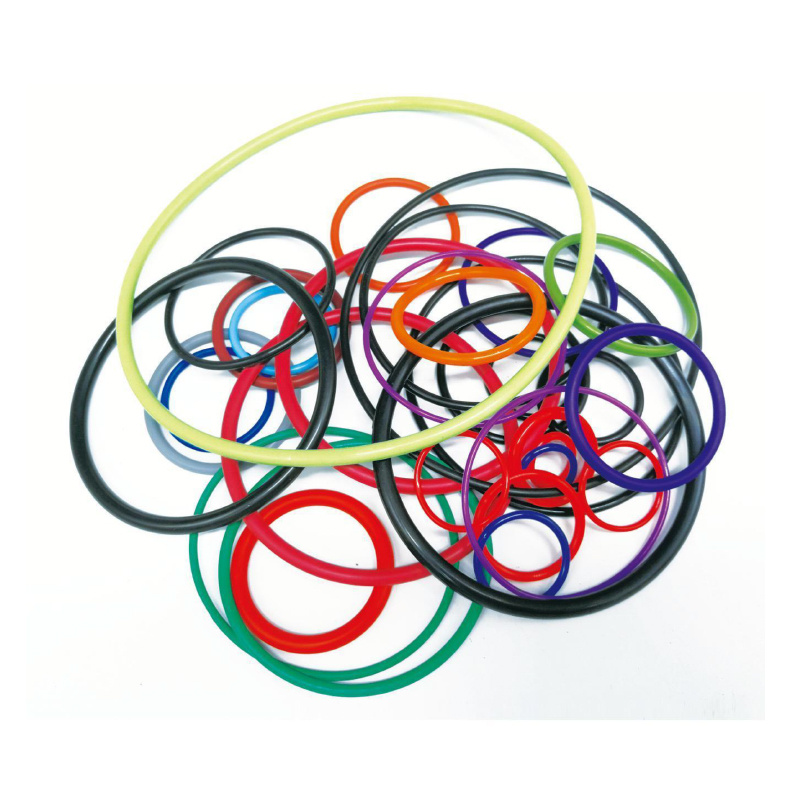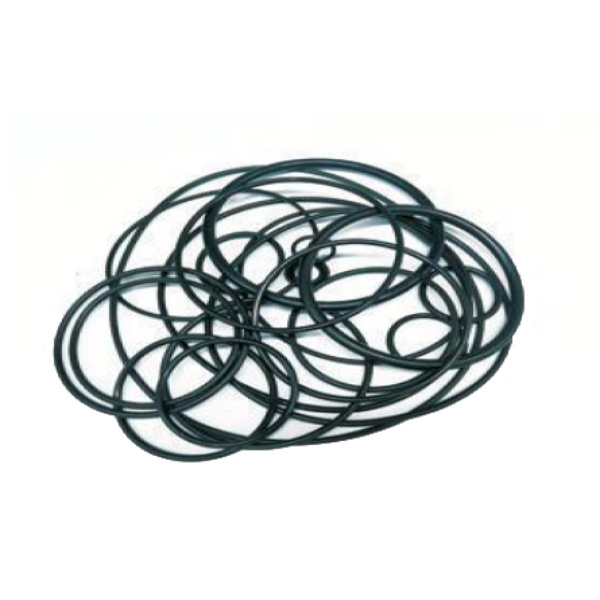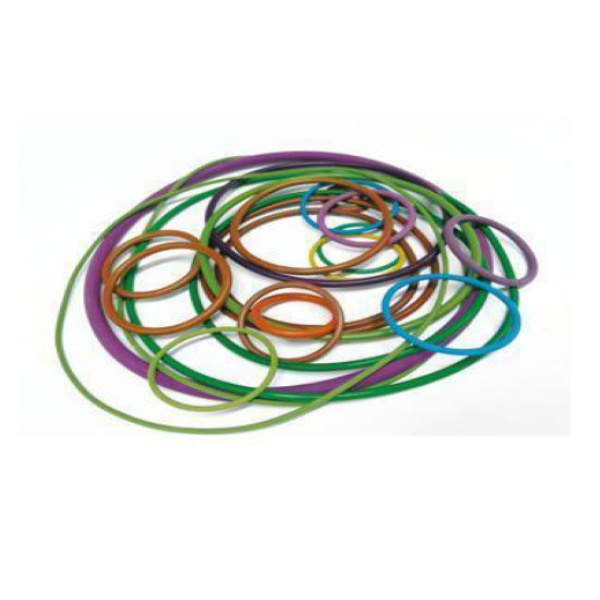
lon exchange resin
Products Category
Tag list
- 产品描述
-
Ion exchange resin is a kind of high-molecular polymer with a three-dimensional network structure. Its core characteristic is that it can undergo reversible exchange reactions with specific ions in water or other solutions through the exchangeable ions on its surface, thereby achieving functions such as water purification, substance separation or purification. It is widely used in water treatment, food industry, medical field and environmental protection industry.
Core Structure and Working Principle
1. Structural composition
The structure of ion exchange resin is divided into two parts, which work together to achieve the ion exchange function:
Skeleton (parent body) : A three-dimensional network structure formed by the polymerization of monomers such as styrene and divinylbenzene, which determines the mechanical strength, heat resistance and chemical stability of the resin, and supports the entire resin particle like a "skeleton".
Active groups: Charged groups attached to the skeleton, which are the "core sites" of ion exchange, and are divided into two types:
Cation exchange groups (such as -SO₃H, -COOH) : They carry a negative charge and can release H⁺, which exchanges with cations in the solution (such as Ca²⁺, Mg²⁺, Na⁺).
Anion exchange groups (such as -N (CH₃)₃OH, -NH₂) : Positively charged, they can release OH⁻ or other anions and exchange with anions in the solution (such as Cl⁻, SO₄²⁻, NO₃⁻).
2. Working Principle
The essence of the ion exchange process is a reversible chemical reaction, following the principles of "ion concentration difference-driven" and "charge conservation". Taking "softened water" (removing Ca²⁺ and Mg²⁺) in water treatment as an example:
Exchange stage: When hard water containing Ca²⁺ and Mg²⁺ passes through cation exchange resin (such as sulfonic acid type resin with an active group of -SO₃H), the resin releases H⁺ and simultaneously adsorbs Ca²⁺ and Mg²⁺ in the water. The reaction formula is: 2R-SO₃H + Ca²⁺ → (R-SO₃)₂Ca + 2H⁺.
Regeneration stage: When the resin reaches adsorption saturation (Ca²⁺ and Mg²⁺ can no longer be removed), it is rinsed with a high-concentration NaCl solution (regenerant). The high-concentration Na⁺ will displace the Ca²⁺ and Mg²⁺ on the resin, restoring it to its initial -SO₃Na form and allowing it to be reused. The reaction equation is: (R-SO₃)₂Ca + 2NaCl → 2R-SO₃Na + CaCl₂.
Key Performance Indicators
When choosing ion exchange resins, the following performance indicators should be given special attention, which directly affect the usage effect and cost:
Exchange capacity: The total amount of ions that a unit mass (or volume) of resin can exchange, which is divided into "total exchange capacity" (theoretical maximum capacity) and "working exchange capacity" (capacity that can be achieved in actual use), and the units are usually mmol/g or mmol/mL. The higher the capacity, the stronger the resin processing capacity and the longer the service life.
Particle size: The diameter range of resin particles (typically 0.315-1.25mm). The uniformity of particle size affects water flow resistance and exchange efficiency - if the particle size is too fine, it will increase resistance; if it is too coarse, it will reduce the contact area and lower the exchange rate.
Mechanical strength: The ability of resin to resist breakage and wear, especially during backwashing (to wash away impurities before regeneration) and regeneration processes. Resin with poor strength is prone to cracking, causing equipment blockage and shortening its service life.
Heat resistance: The maximum operating temperature that the resin can withstand. Exceeding this upper limit will cause deformation of the framework, shedding of active groups, and loss of exchange capacity. For instance, the heat resistance temperature of strongly acidic cation resin is approximately 120℃, while that of weakly basic anion resin is about 60℃. The selection should be based on the actual working conditions.
Chemical stability: The stability of the resin in acids, alkalis, oxidants, and organic solvents. For instance, strongly acidic resins are resistant to acids but not to strong oxidants, while weakly alkaline resins are resistant to alkalis but not to strong acids. Contact with strong corrosive substances should be avoided.
lon exchange resin
Products Category
Tag list
Request a Quote
We will contact you within one working day. Please pay attention to your email.
Related Products









